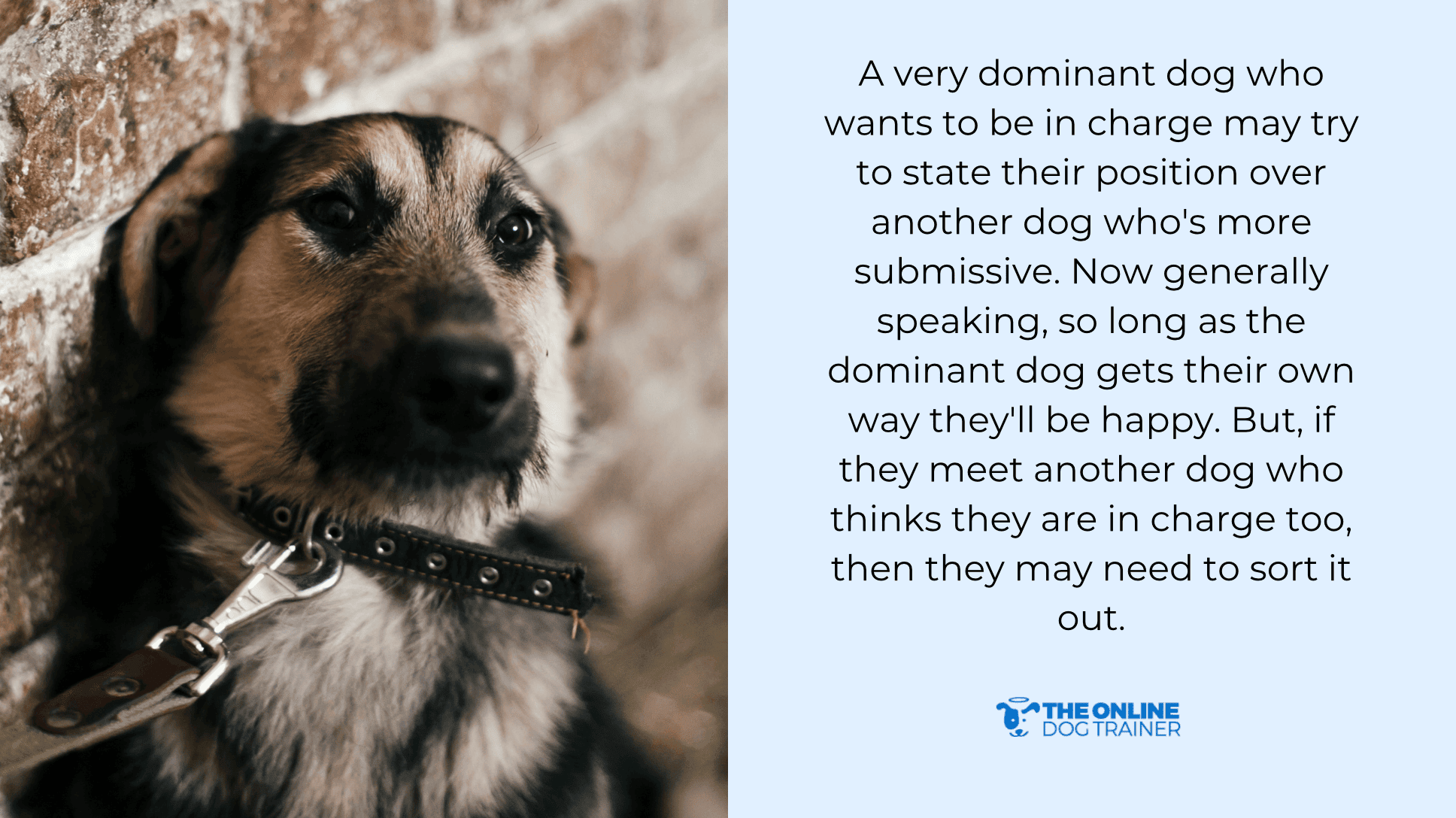Overcoming Fear-Based Aggression in Your Horse

Fear-based aggression in horses is a common challenge that many equestrians face. Understanding the root causes and implementing effective strategies can help you build a trusting and safe relationship with your horse. This article explores the nature of fear-based aggression, its signs, causes, and practical methods to overcome it.
What is Fear-Based Aggression?

Fear-based aggression occurs when a horse reacts defensively to perceived threats. Unlike dominance aggression, which is about establishing hierarchy, fear aggression is a survival response. Horses may bite, kick, or bolt when they feel scared or cornered.
Common Signs of Fear-Based Aggression

| Sign | Description |
|---|---|
| Ears pinned back | Indicates discomfort or fear |
| Tail swishing | Sign of irritation or nervousness |
| Wide eyes | Shows heightened alertness or panic |
| Raised head | Defensive posture |
| Attempting to flee | Trying to escape the situation |
Causes of Fear-Based Aggression
- Past Trauma: Horses with negative experiences may react aggressively when reminded of those events.
- Lack of Socialization: Insufficient exposure to different environments or stimuli can increase fear responses.
- Sudden Movements or Noises: Unexpected stimuli can startle horses, triggering aggression.
- Improper Handling: Rough or inconsistent training methods can exacerbate fear.
Strategies to Overcome Fear-Based Aggression
1. Build Trust Gradually
Spend time with your horse in calm, non-threatening ways. Use gentle voice tones and slow movements to reassure them.
2. Desensitization and Counter-Conditioning
Expose your horse gradually to the fear triggers in a controlled manner, pairing the exposure with positive reinforcement like treats or praise.
3. Consistent Training
Establish clear, consistent routines and commands to help your horse feel secure and understand expectations.
4. Professional Help
Consult with a veterinarian or an equine behaviorist if aggression persists or worsens.
FAQ
Q1: How can I tell if my horse’s aggression is fear-based?
A: Look for signs like pinned ears, wide eyes, and attempts to flee rather than dominance behaviors like charging or biting to assert control.
Q2: Is it safe to approach an aggressive horse?
A: Approach cautiously and avoid sudden movements. If unsure, seek professional guidance.
Q3: Can fear-based aggression be completely cured?
A: While it may not be “cured,” with patience and proper techniques, fear-based aggression can be significantly reduced.
Summary Table: Key Points
| Aspect | Key Takeaway |
|---|---|
| Understanding Aggression | Fear aggression is defensive, not dominant |
| Signs | Pinned ears, wide eyes, fleeing |
| Causes | Trauma, poor socialization, sudden stimuli |
| Solutions | Trust-building, desensitization, consistent training |
By applying these strategies, you can help your horse overcome fear-based aggression, leading to a safer and more enjoyable partnership.
